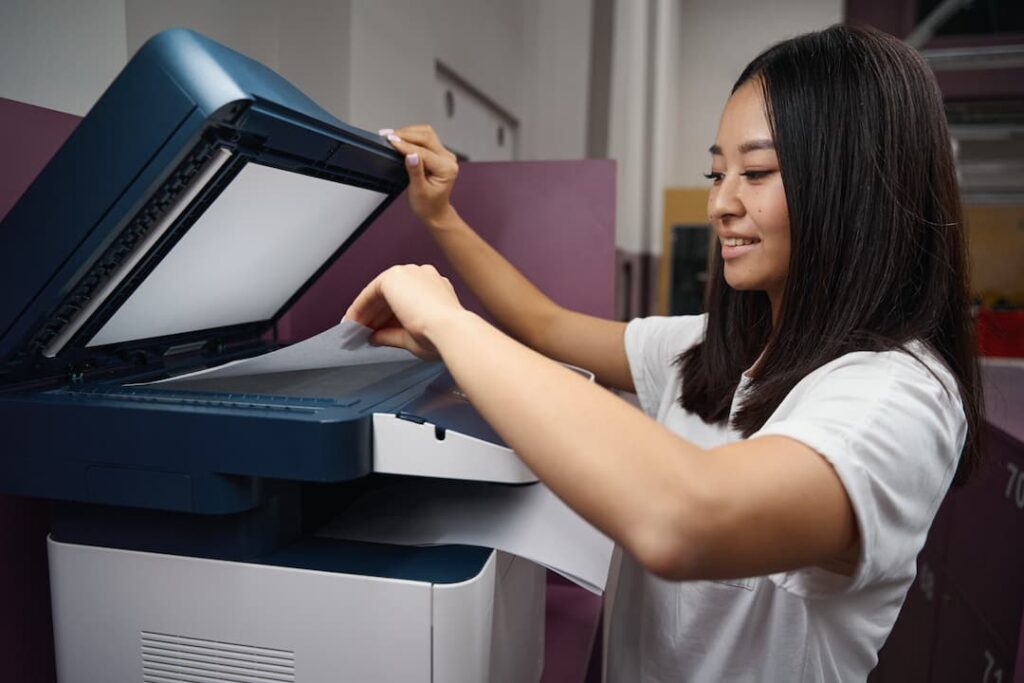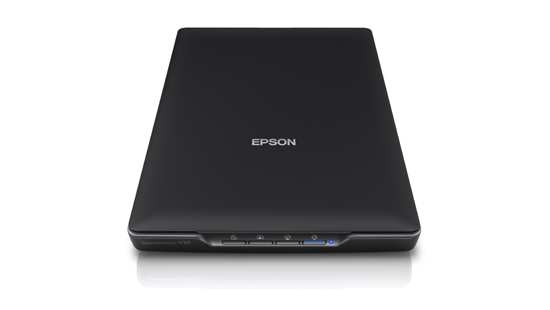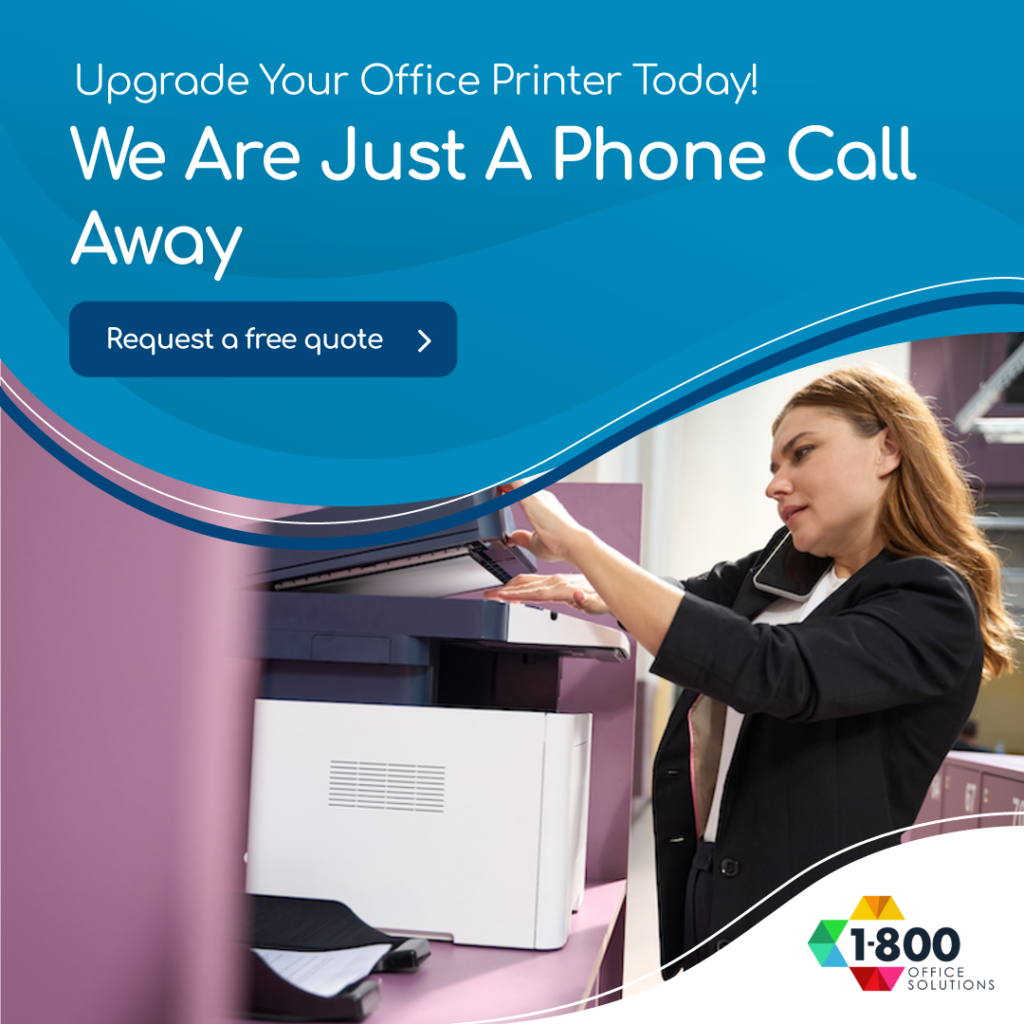From Documents to Art: The Best Scanning Machines in Florida
Scanning Machines in Florida
From the early days of scanning machines, which were primarily used to scan simple text documents, the technology has come a long way. The evolution of these machines can be traced back to the days when they were bulky, expensive, and not very user-friendly. Over time, with advancements in technology, they have become more compact, affordable, and efficient. After reading this blog post you can easily find a best scanning machines in Florida according to your business.
- The history of scanning machines dates back several decades. Initially, they were used to convert text into a digital code that computers could understand. As the date of their invention moved further into the past, their capabilities expanded.
- Today, the importance of a good scanner, especially for artists, cannot be overstated. Artists require a device that can capture the minutest details of their artwork, ensuring that the digital representation is as close to the original as possible. A good scanner ensures that every shade, every stroke, and every color is captured in its true essence.
- Modern scanners come with various modes that cater to different needs. For artists, this means the ability to scan their artwork in high resolution, capturing every detail. The right scanner can make a significant difference in how artwork is presented digitally.
Criteria for Selecting the Best Scanners
Bit Depth
It’s a difficult task to find best scanning machines in Florida but 1800 Office Solutions will provide you each and every details. Bit depth, often referred to as color depth, is a crucial aspect of scanning. It determines the number of colors a scanner can capture from an image. Essentially, it’s the scanner’s capability to detect and represent a wide range of colors in the scanned image.
- The concept of bit depth revolves around the number of bits used to represent each color in an image. The more bits used, the more colors can be represented, leading to a richer and more detailed image. This is especially vital when scanning electron images or when using scanning probe microscopy.
- For artists, the ideal bit depth is typically higher. A higher bit depth ensures that the scanner captures the artwork’s nuances, from the faintest shades to the most vibrant tones.
Scan Resolution
Scan resolution is measured in DPI (Dots Per Inch) and is a testament to the scanner’s ability to capture fine details of an image. It’s the scanner’s capability to produce a high-quality image that retains the integrity of the original.
- DPI essentially determines how many dots of ink are placed in a square inch when the image is printed. A higher DPI means more dots, leading to a clearer and more detailed image. This is crucial for artists who need to convert their physical artwork into a digital format without losing any detail.
- The ideal DPI for art scanners is typically higher than regular document scanners. A higher DPI ensures that every brushstroke, texture, and detail is captured with precision.
Supported Scanning Media
The versatility of a printer and scanner is determined by the types of media it can scan. This is not just about paper sizes but also about the material and thickness of the media.
- Different scanners come with different scan portal sizes. Some are designed to scan standard A4 papers, while others can handle larger formats like canvases or even metal sheets. This is especially important for artists who work on varied mediums.
- The importance of versatility cannot be overstated. A versatile scanner ensures that artists don’t need multiple devices for different purposes. Whether it’s a finely detailed sketch on paper or a large canvas painting, a good scanner should be able to handle it all.
Scanning Speed
In a professional setting, time is of the essence. The speed at which a scanner can process and capture an image becomes crucial, especially when there are multiple artworks to be digitized.
- Scanning speed is typically measured in PPM (Pages Per Minute). For professionals, especially in settings like art galleries or studios, a faster scanner ensures that more artwork can be digitized in a shorter period of time.
- However, it’s essential to ensure that the speed doesn’t compromise the quality. A good scanner balances both speed and quality, ensuring that every artwork is captured in its full glory without any compromise.
Connection Interfaces
In today’s digital age, the way a scanner connects to other devices is of paramount importance. Whether it’s USB, wireless, or even cloud connections, the ease of transferring scanned images plays a pivotal role.
- USB connections have been the gold standard for years. They offer a reliable and fast way to transfer images from the scanner to a computer. However, with the advent of cloud storage and wireless technology, many modern scanners now offer wireless connectivity options. This allows for seamless transfer of images without the need for physical cables.
- Wireless connections, especially when paired with a dedicated scanner app, offer the flexibility to scan and upload images directly to cloud storage or even share them instantly. This is especially useful for artists who want to share their work on social platforms or with clients immediately.
Top Scanners for Documents and ArtWork
These scanner are commonly used in current market, for better decision you can contact 1800 Office Solutions.
Plustek OpticSlim A3
The Plustek OpticSlim A3 is a versatile scanner designed specifically for artists and professionals who require high-quality scanning capabilities.
Overview and Features:
- Optical Resolution: Offers a high optical resolution, ensuring that every detail of the artwork is captured.
- Scanning Area: A3 size, making it suitable for larger artworks.
- Connectivity: USB interface for quick data transmission.
- Software: Comes with a dedicated scanner app for both Android and iPhone, allowing for easy scanning and sharing.
Pros:
- High-quality scans with detailed detection.
- Large scanning area.
- User-friendly software with multiple features.
- Efficient scanning electron technology.
Cons:
- Might be on the pricier side for some users.
- Bulky design might not be suitable for all desktop setups.
Canon CanoScan 9000F MKII
The Canon CanoScan 9000F MKII is a powerhouse when it comes to scanning artwork. It’s designed to capture every nuance of an image.
Overview and Features:
- Optical Resolution: High resolution ensures detailed and vibrant scans.
- Scanning Area: Suitable for various sizes up to A4.
- Connectivity: USB and wireless options available.
- Software: Comes with a feature-rich scanner app for easy editing and sharing.
Pros:
- Versatile scanning options.
- High-speed scanning without compromising on quality.
- Advanced software features for editing and customization.
- Scanning probe technology ensures detailed scans.
Cons:
- Might be slightly heavy for some users.
- The software might have a learning curve for beginners.
Epson Expression 12000XL
The Epson Expression 12000XL is a premium scanner designed for professionals who demand nothing but the best.
Overview and Features:
- Optical Resolution: Exceptionally high resolution for detailed scans.
- Scanning Area: Large scanning area suitable for various artwork sizes.
- Connectivity: Multiple connectivity options including USB and wireless.
- Software: Advanced software with features like scan qr and image editing.
Pros:
- Superior image quality.
- Fast scanning speeds.
- Versatile software with numerous features.
- Optical scanning technology ensures clarity.
Cons:
- Premium price tag.
- Might require a dedicated space due to its size.
Epson Perfection V600
The Epson Perfection V600 strikes a balance between quality and affordability, making it a favorite among artists.
Overview and Features:
- Optical Resolution: High resolution for detailed scans.
- Scanning Area: Suitable for standard artwork sizes.
- Connectivity: USB for quick data transfer.
- Software: User-friendly software with features like scan a qr code and image customization.
Pros:
- Affordable without compromising on quality.
- Compact design suitable for most setups.
- Efficient scanning technology.
- Easy-to-use software interface.
Cons:
- Might not be suitable for very large artworks.
- Limited connectivity options.
Epson Perfection V39
The Epson Perfection V39 is designed for artists who need a compact yet efficient scanner.
Overview and Features:
- Optical Resolution: Good resolution ensuring clear scans.
- Scanning Area: Standard scanning area suitable for most artworks.
- Connectivity: USB for efficient data transfer.
- Software: Intuitive software with basic editing features.
Pros:
- Compact and lightweight design.
- Affordable price point.
- Efficient scanning with good clarity.
- Suitable for beginners and professionals alike.
Cons:
- Might not have advanced software features.
- Limited to standard artwork sizes.
What People Also Ask
What is the importance of electron technology in scanners?
Electron technology, especially scanning electron microscopy, plays a pivotal role in modern scanners. It allows the device to capture images at a microscopic level, ensuring that every detail, down to the minutest particle, is recorded. This is especially crucial for artists who work with intricate designs and need their digital replicas to be as close to the original as possible.
How does a scanner app enhance the scanning process?
A scanner app can significantly streamline the scanning process. It offers features like scan qr, image editing, and direct sharing to cloud storage or social media. For artists using an iPhone or Android device, these apps can be a game-changer, allowing them to digitize their artwork on-the-go and share it instantly.
Why is optical resolution crucial for art scanners?
Optical resolution determines the clarity and detail of the scanned image. For artists, a high optical resolution ensures that their artwork’s digital version retains the integrity and details of the original. Whether it’s the texture of a brushstroke or the gradient of a color, a good optical resolution captures it all.
Can I use regular scanners to scan documents as well as artwork?
Yes, most art scanners are versatile and can be used to scan documents as well. However, it’s essential to ensure that the scanner’s settings are adjusted accordingly. While artwork might require high resolution and color depth, documents might not need such detailed scanning. Adjusting settings can also speed up the scanning process for regular documents.
Conclusion
In the realm of art, where every stroke, shade, and texture matters, having the right tools becomes paramount. A good scanner is not just a device; it’s an extension of an artist’s vision, capturing their creations in their true essence. With advancements in technology, scanners have emerged as indispensable tools for artists, offering features that were once thought impossible.
Artists, whether budding or established, should not overlook the importance of investing in quality equipment. A high-quality scanner ensures that your artwork’s digital version is as vibrant and detailed as the original. It’s not just about digitizing; it’s about preserving the integrity of your creation.
In an era where digital presence is as vital as physical, having a scanner that does justice to your artwork is non-negotiable. So, take that step, invest in quality, and let your art shine in the digital world as brilliantly as it does on canvas.













